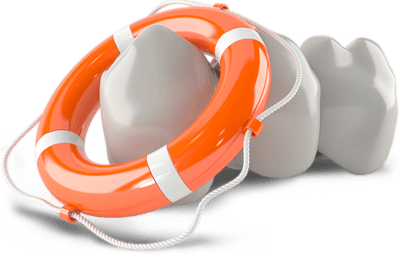Frenae (plural of frenum) are generally minor strands or bands of muscle attaching the lips, cheeks, and tongue to the bone in the mouth. You can probably detect one of your frena by placing your tongue in the space between your upper lip and your upper front teeth. There are several different frena in the mouth and they can attach to the inside of the lip, inside of the cheek or to the bottom of the tongue. In certain cases a frenum can prevent teeth from staying in place after they have been orthodontically moved together. An excessively large frenum can prevent the teeth from coming together after braces are removed resulting in a gap between the front teeth.
While an upper frenum problem usually won’t affect speech patterns, the lower frenum, which attaches the tongue to the lower arch may interfere with speech if it is too large or fibrous. Generally, this will become apparent as the child begins to form words and phrases. If restrictions in tongue movement are noted, especially when the tongue is protruded, it is generally recommended to have the frenectomy and it may be required when the child starts developing speech patterns. Speech therapy may also be required.
A frenectomy procedure is simply the surgical removal of a frenum. This procedure can be performed with either local anesthesia or sedation depending on your preference. Dr. Salib will perform a complete examination and will work closely with your general dentist to ensure an optimal outcome.













